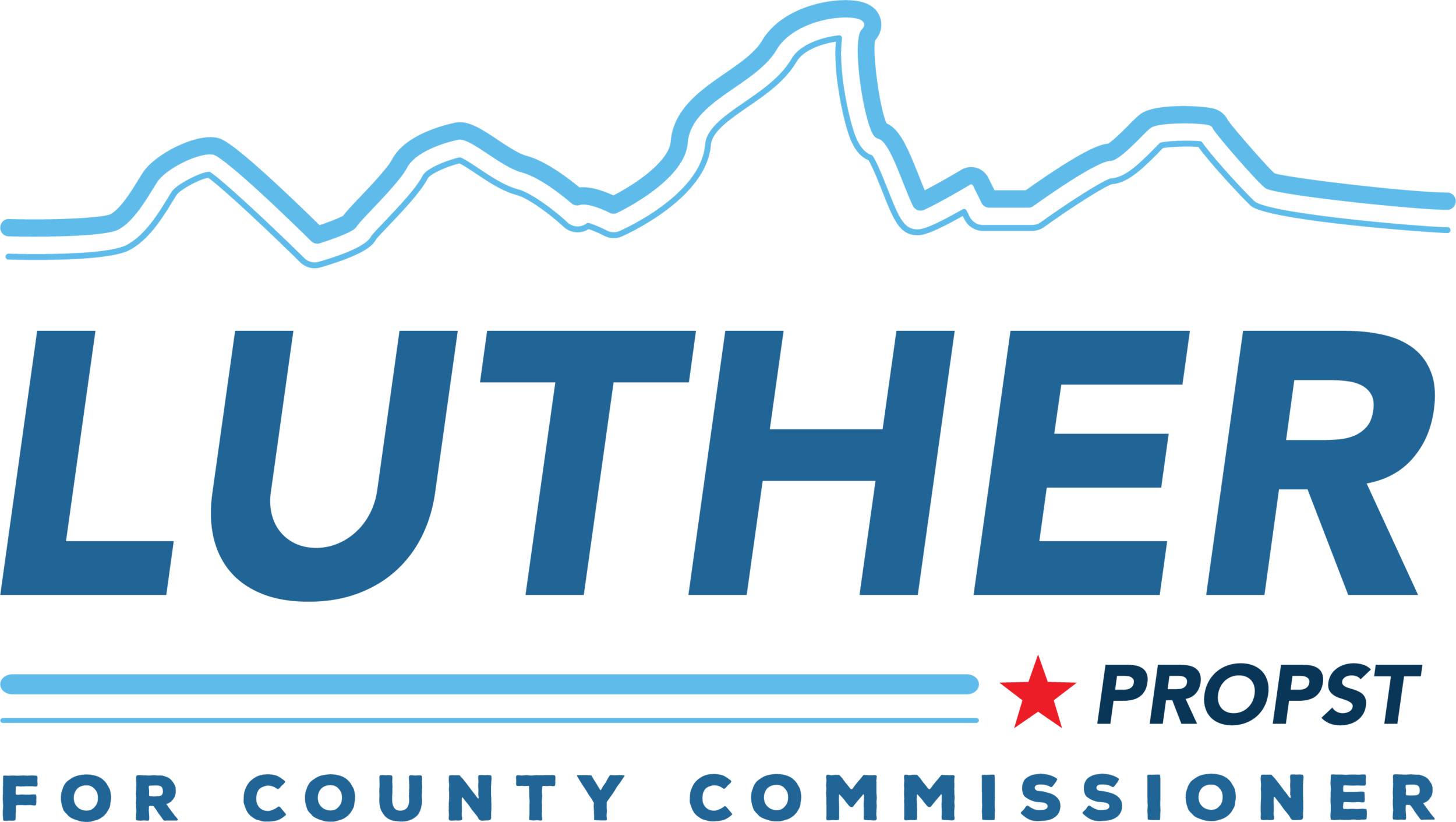An Update from a Busy Fall
Swap Meet at Teton County Library on October 13
We are fortunate to have fantastic public libraries in Teton County. Please join me at the main library this Wednesday, October 13 at 6 p.m. for the first Swap Meet of the season.
What’s the Swap Meet? If you like to discuss what you read, but have a hard time committing to a book club, the Swap Meet is for you. Each week, a local elected leads a discussion on a provocative article they've chosen, and I'm kicking things off with a conversation on mule deer migration. Three wildlife conservation experts plan to join me:
- Max Ludington, president, Jackson Hole Land Trust
- Aly Courtemanch, wildlife biologist, Wyoming Game & Fish Department
- Renee Seidler, executive director, Jackson Hole Wildlife Foundation
You can read the assigned article here: https://bit.ly/rdhmigration. The October 13 session is the first of several Swap Meets.
Learn More About the Swap Meet
Several Openings on Volunteer Boards
Teton County has 22 open seats on a wide range of volunteer boards, including: Affordable Housing Supply, Airport, Parks & Recreation, Pathways Taskforce, START, Alta Solid Waste Disposal District, Board of Health, Building Appeals, Integrated Solid Waste & Recycling, and the Planning Commission.
These boards provide an important public service and are a great way to connect with and serve your community. Please consider applying before the Friday, October 22 deadline.
Northern South Park Steering Committee Nails It
Speaking of volunteer boards and committees, kudos to a majority of the Northern South Park (NSP) Steering Committee for their thoughtful and measured input into planning for Northern South Park. In the face of significant controversy, four of the committee members wrote a letter to the County Commission that displays wisdom and experience. For more on the process, here’s an article from the News & Guide.
I take away four key principles from the NSP planning process and from participating in local efforts to mitigate our Affordable and Workforce housing crisis:
1. The community badly needs Affordable and Workforce housing.
For several reasons, the housing market strongly prefers luxury and second homes. Permitting and building luxury homes (or scraping old homes for luxury homes) does not provide Affordable and Workforce housing; it only digs the hole deeper. Affordable and Workforce housing must be deed restricted, by definition. First principle: Don’t dig our hole deeper in the name of Affordable and Workforce housing.
2. Our current housing policies depend too much on building new apartments in a valley that is already over-crowded.
We need to ensure that a higher percentage of our existing housing stock is available for the local workforce, with emphasis on healthcare workers, teachers, firefighters, electrical workers, and other critical service providers. This is the basis of the fledgling and essential housing Preservation Program. Second principle: Protect and convert what we have for Affordable and Workforce housing.
3. Economics is about supply and demand.
While we are working on supply, we pay too little attention to demand. It’s time to revisit all of our local policies – both town and county – to better align housing supply and demand. Protecting the Café Genevieve block – rather than developing a 90,000 square-foot hotel that would have required more than 100 workers in an extremely understaffed Workforce – is an excellent community-based example of limiting demand and protecting local character. Third principle: Bring housing supply and demand into balance.
4. Think regional. Act regional.
We need to think and act regionally to meet our housing needs. I like the goal of housing 65% of our workforce locally, but let’s be realistic. This means scheduling more commuter runs ASAP, creating regional governance for START, and evaluating a regional housing authority to play a more active role in providing Affordable and Workforce housing throughout the region (or commuter shed). Fourth principle: Our housing market is regional; solutions to our housing crisis need to be regional.
Water Quality: Septic System Regulations
On October 5, the County Commission voted to send draft revisions to our septic system regulations for public comment for 60 days. Please make it a priority to comment on these important public health regulations by emailing tvanholland@tetoncountywy.gov.
Backstory: When inspection of septic systems is undertaken, water quality experts learn that somewhere between 15% and 40% of septic systems are failing. With more than 3,600 septic systems in Teton County, this is a problem:
Jackson Hole has a single aquifer that provides all of our drinking water (i.e. for much of the valley, the water we flush becomes the water we drink). This aquifer is so important that the U.S. Environmental Protection Agency has designated it a “sole source aquifer,” requiring special protections.
In many areas of Jackson Hole, we have a clear and present water quality problem; this is not speculation about the future.
These proposed regulations do not include a program to inspect and maintain septic tanks. Therefore, I voted against referring this version for public comment. Public and environmental health calls for regular inspection of septic tanks. This is commonplace throughout Western states. Failure to propose an inspection and maintenance program is just too much of an omission to kick the can down the road.

